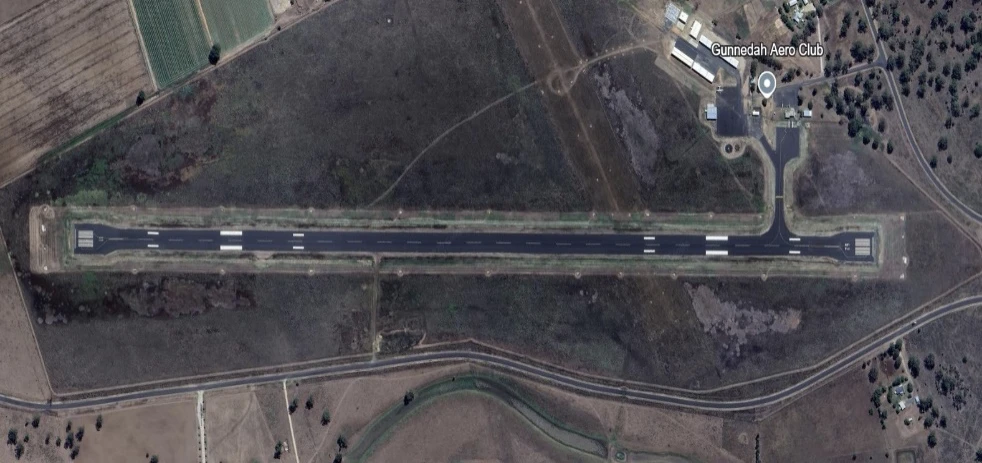Gunnedah Airport, New South Wales, Australia
Projects: Engineering - Planning & Design | Construction | Operations WSO/ARO
PROJECT SUMMARY
ACG was awarded the contract to deliver the design and construction upgrade of Gunnedah Airport’s runway, taxiway, and RPT apron. The project aimed to enhance pavement strength, safety, and operational efficiency while maintaining compliance with aviation standards. ACG provided services, including design, project management, construction, and maintenance, ensuring minimal disruption to airport operations through staged works and night operations.
Project Capital Cost: $6.5m
SCOPE OF WORKS
Project Planning and Management
Developed a Project Management Plan covering environmental, safety, and quality assurance protocols. Conducted surveys, geotechnical testing, and produced drawings. Coordinated with stakeholders to issue NOTAMs and implemented a Method of Working Plan (MOWP) for operational continuity.
Site Establishment and Environmental Controls
Established site offices, stockpile areas, and haul routes, with ongoing maintenance and stabilization. Implemented sediment controls and environmental management to mitigate impacts, including topsoil windrowing and revegetation via hydroseeding across all stages.
Pavement Refurbishment (Runway, Taxiway, and Apron)
Executed staged works across runway segments (1–8), main taxiway, and RPT apron. Stripped topsoil, removed existing sealed surfaces, and installed 14/7mm two-coat seal. Overlaid taxiway and apron with asphalt and conducted flanking earthworks.
Night and Day Works Staging
Completed Stage 1 night works to minimise disruptions, followed by day works for displaced threshold segments and runway stages.
Drainage, AGL, and Line Marking
Upgraded drainage pits to match new surface levels, removed decommissioned lighting systems, and applied line marking to runway, taxiway, and apron.
PROJECT CHALLENGES AND OUTCOMES
The Gunnedah Airport upgrade faced scope variations due to subgrade instability identified during proof rolling, requiring remediation of soft areas across runway segments. ACG efficiently managed these variations by excavating and replacing affected areas with DGB40.
Night works within the runway graded strip necessitated a daily ‘return to service’ process to maintain airport operations. ACG addressed this through precise planning and execution, ensuring minimal disruptions while adhering to safety standards.
Technical requirements included applying specified pavement materials (FCR base, prime coat, and two-coat seal) and ensuring compliance with design specifications. Surveyed variations were plotted to maintain pavement integrity and meet aviation standards.
The project concluded successfully, delivering strengthened runway, taxiway, and apron infrastructure and it enhanced the airport’s capacity, safety, and durability.

